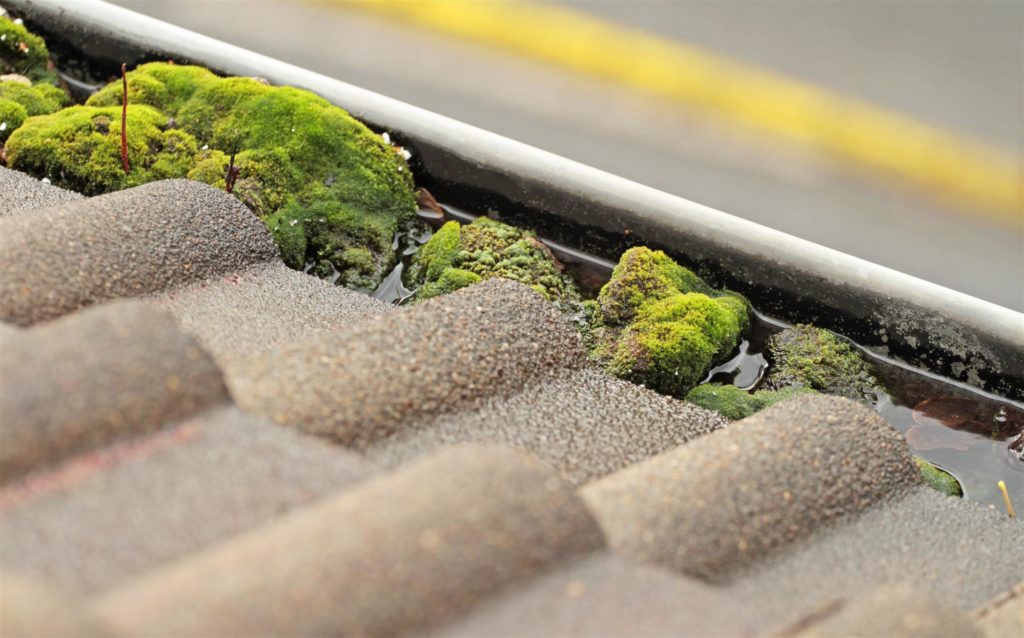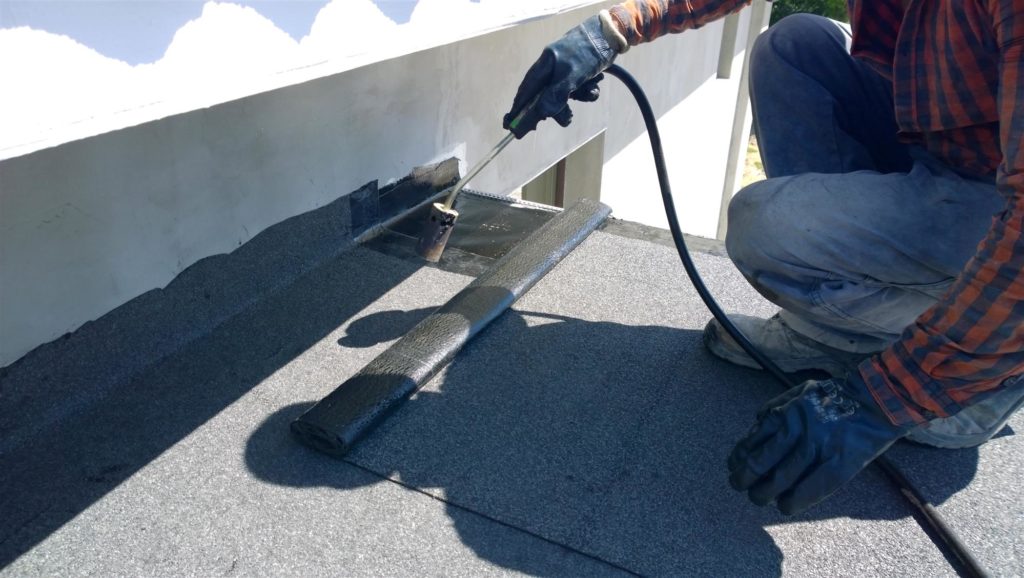Take Advantage
Fall is transitional. It’s a mild period between the harsher summer and winter months, making it the ideal time to ensure your roof is still in good condition. Spring and summer, filled with heavy rain and plenty of direct sun, is when typical roof damage often occurs. With winter approaching, more rain plus snow and ice are just around the corner so do yourself a favor and take advantage of the fall opportunity to thoroughly clean and inspect your roof. Depending on the severity of what you find, you may need emergency roof repair in order to prevent rotting of the supporting structure, unhealthy mold buildup, and costly water damage to merchandise, computers, furniture, and other company or household assets.
A Clean Start
Before you begin your inspection, it’s a good idea to clear the roof of dirt and soot accumulation, leaves, other debris as they may be hiding problem areas. Also, be on the lookout for heavy growths of mold, moss, and lichen as these organic buildups can hold water which accelerates damage to tiles or roof membrane over time. Drains, gutters, and leader heads should also be cleared to ensure efficient water drainage. Finally, trim back tree branches that could potentially rub or lift up tiles during high wind.
The Sum of Its Parts
The typical rooftop isn’t a barren landscape. Whether it’s the commercial facility you manage or your family residence, your roof is home to all kinds of equipment and projections that can potentially lead to damage. Check around your HVAC systems for water damage to ensure operating condensation hasn’t been pooling over the summer. Inspect antenna guy-wire anchor points to see that they haven’t pulled loose during high winds, damaging the roof in the process. Also check the flashing around roof projections as they can pull away or form gaps at their joints; check for deterioration around skylights, ventilators, access hatches, and chimneys. A thorough inspection of the water runoff system is warranted too. Beyond debris blockages, down spouts and gutters can develop rust, leading to holes, and they can pull loose from the fascia or become crushed.
No Stone Unturned
Once you’ve had a look at all the specialized areas it’s time to look at the surface itself. If you have a flat roof installation, pay close attention to the membrane; ridges, blistering, and soft spots can compromise the water runoff system. Discoloration and dirt buildup around these areas can be an indication of ponding. Punctures in the membrane and cracks in asphalt may mean that leakage has already begun to occur. An inspection of your attic may be your next stop to verify if there’s been water damage.
Call in the Cavalry
No matter the size of the problem, fall is the time to get it taken care of. If you find yourself facing a problem too serious to tackle alone, call in a professional who can give an expert evaluation. If the problem isn’t dealt with, it will only get worse, leading to costly repairs or possibly even a new roof installation.
Are your ready to speak with an expert? Set up an inspection today with the Pfister Roofing team by calling 1-888-724-2609.


